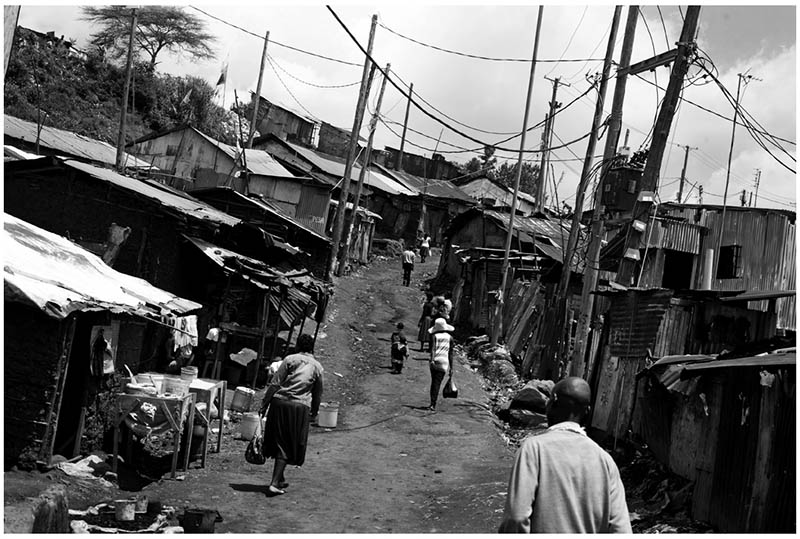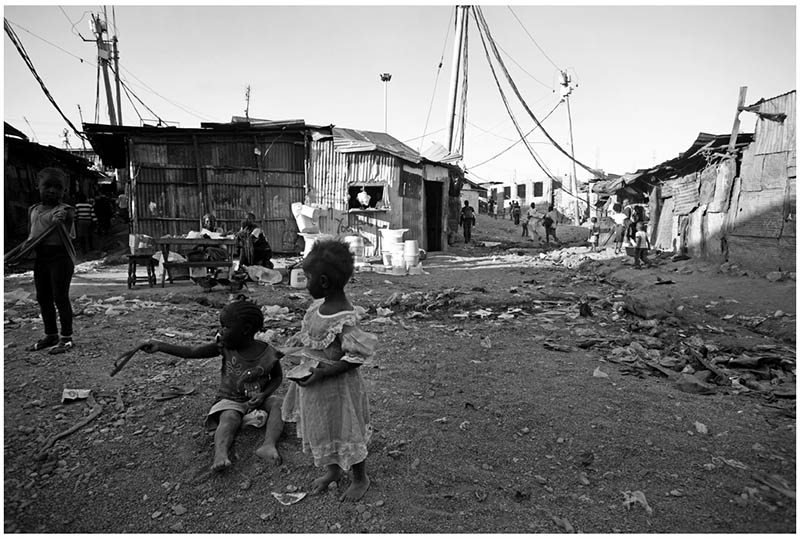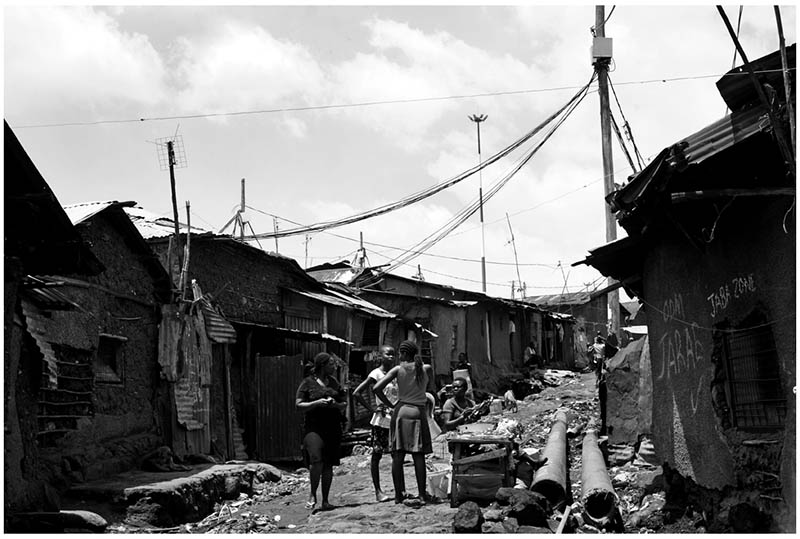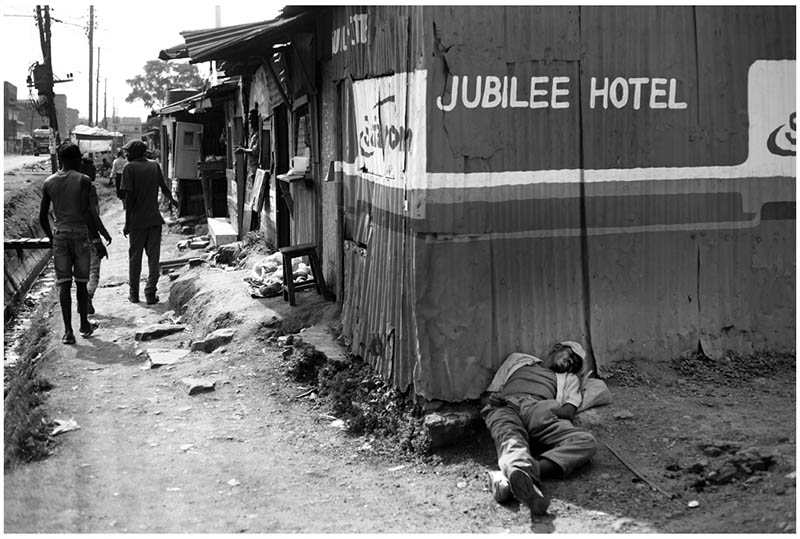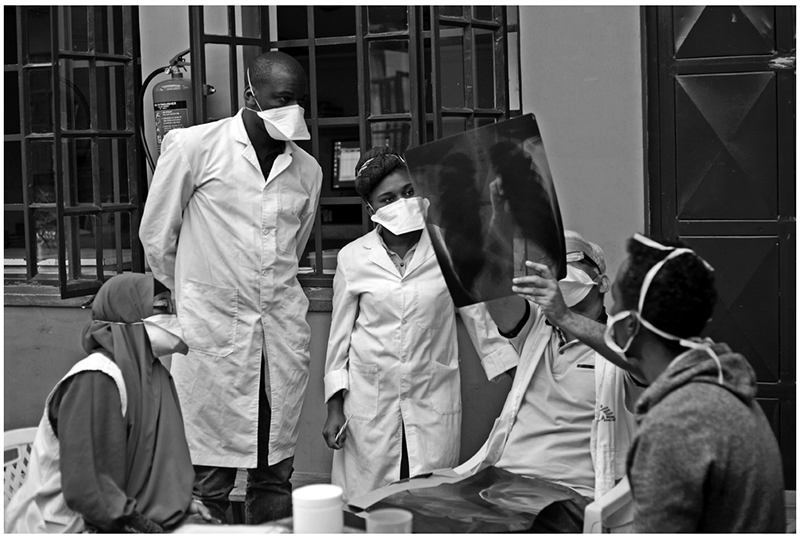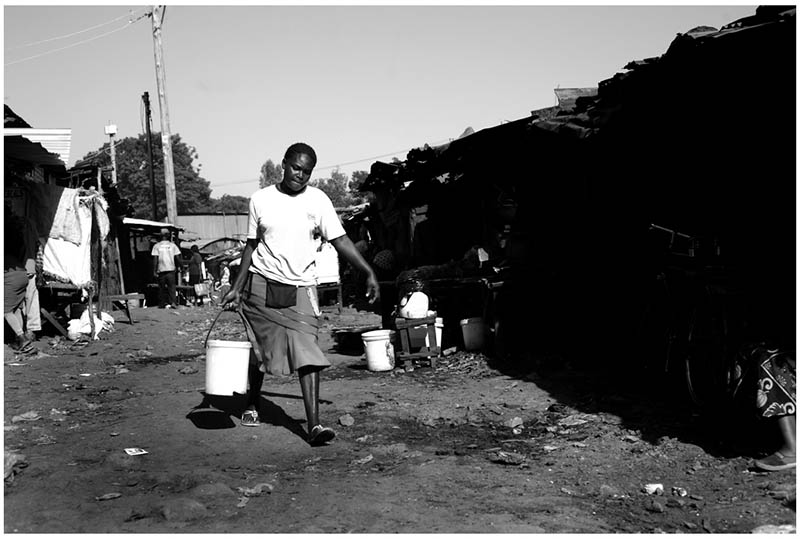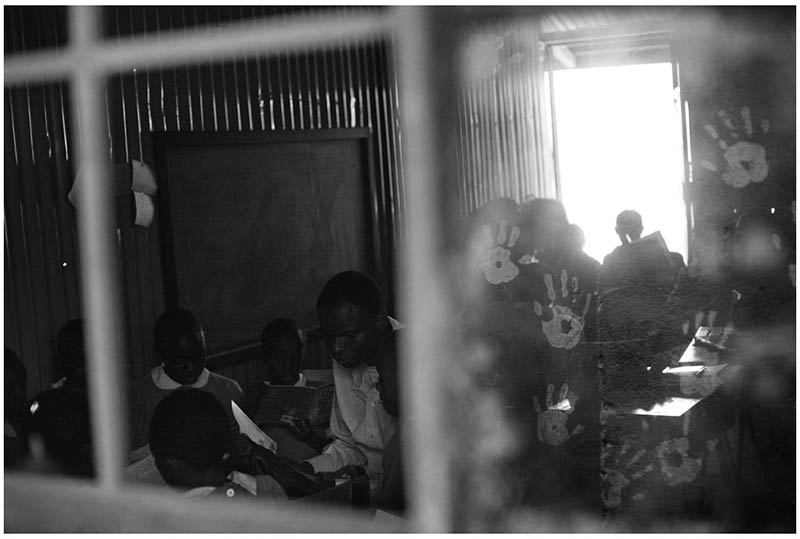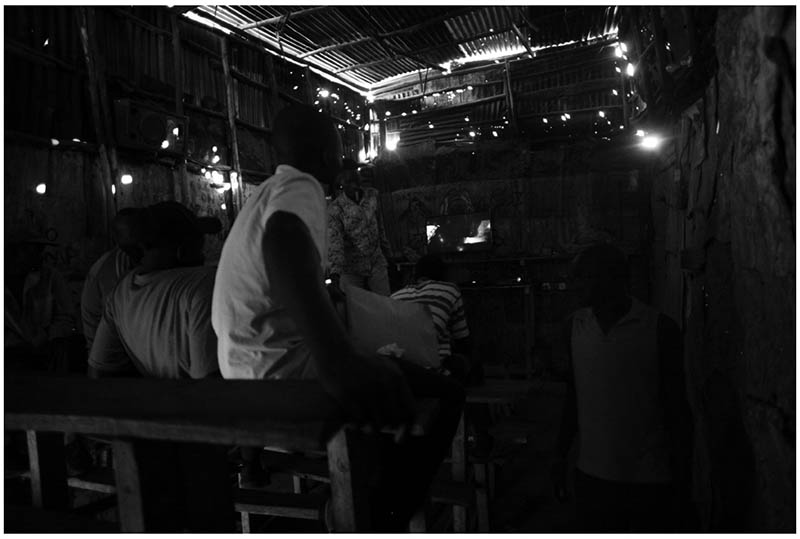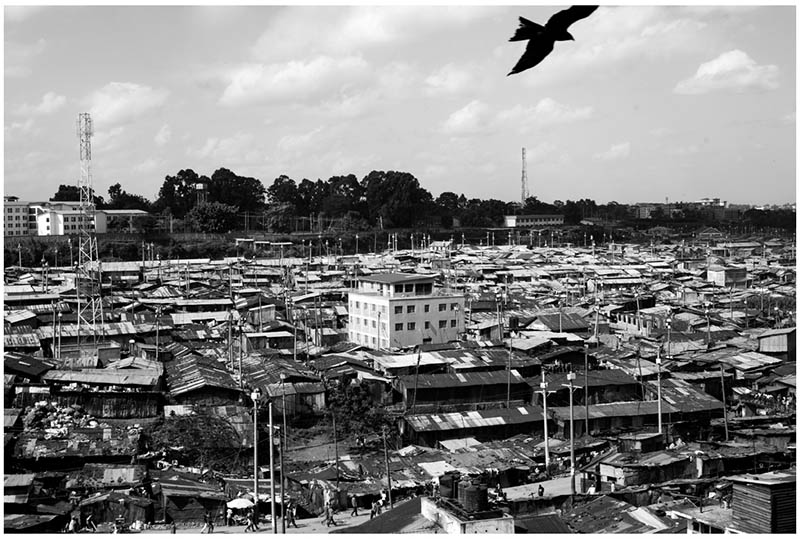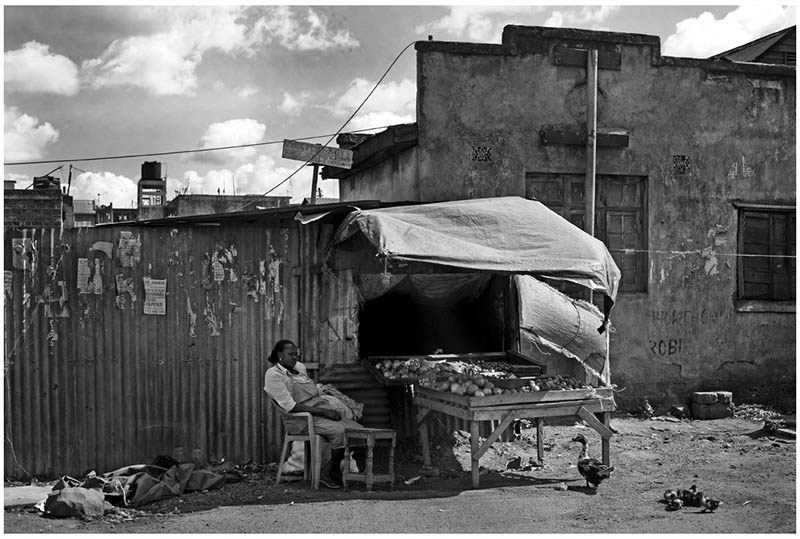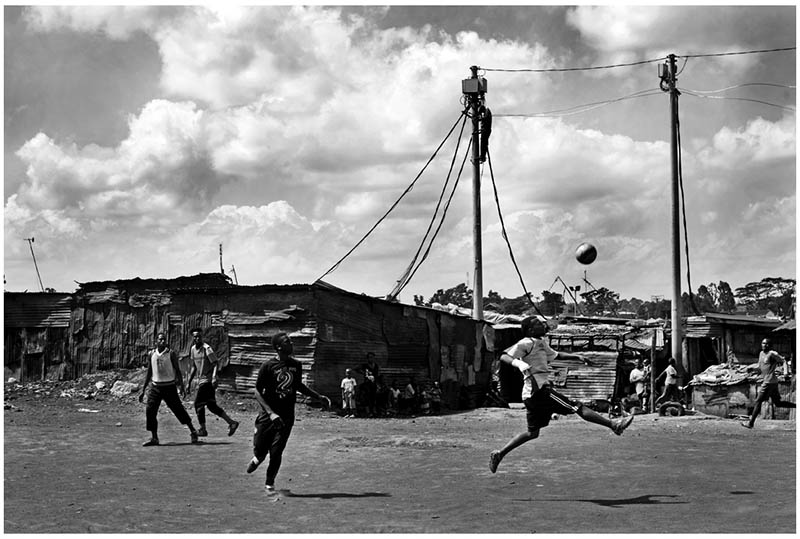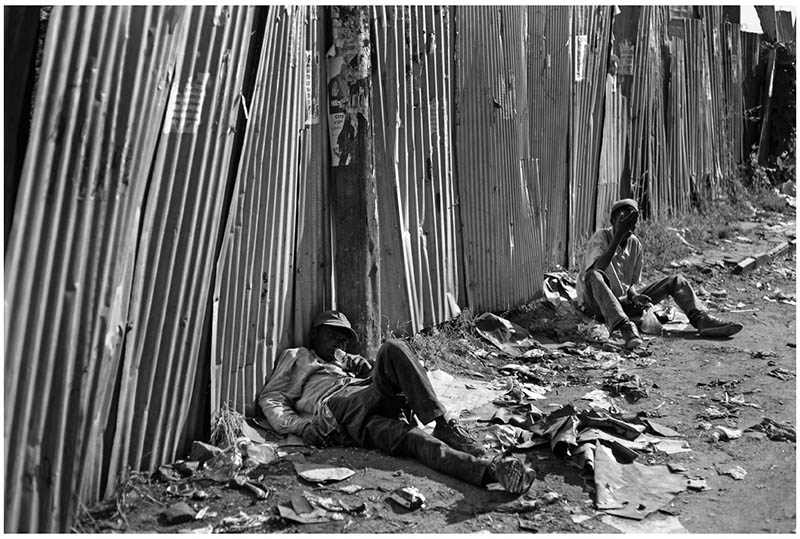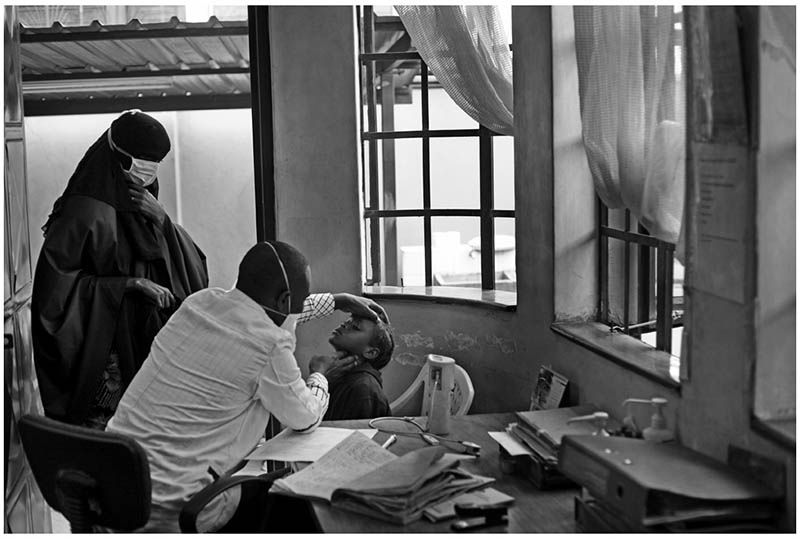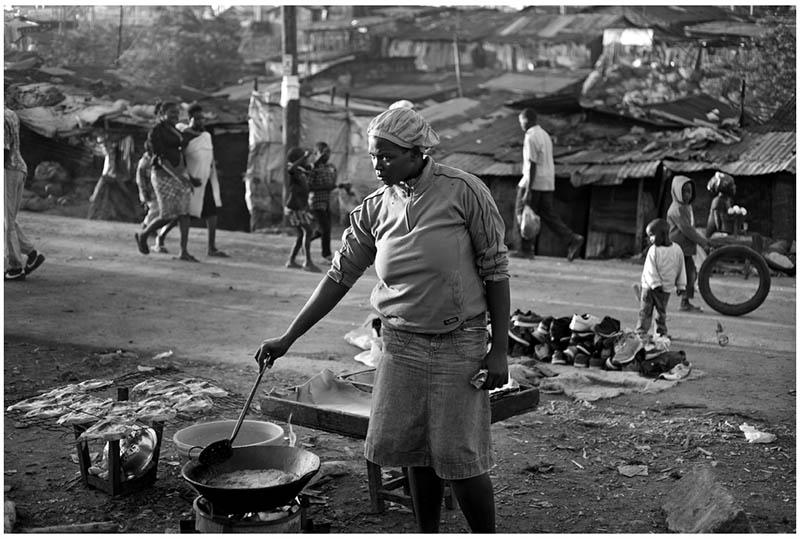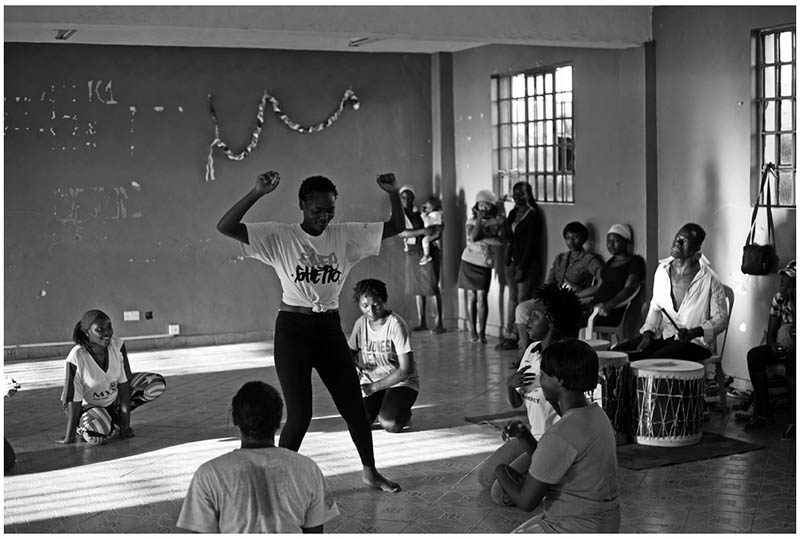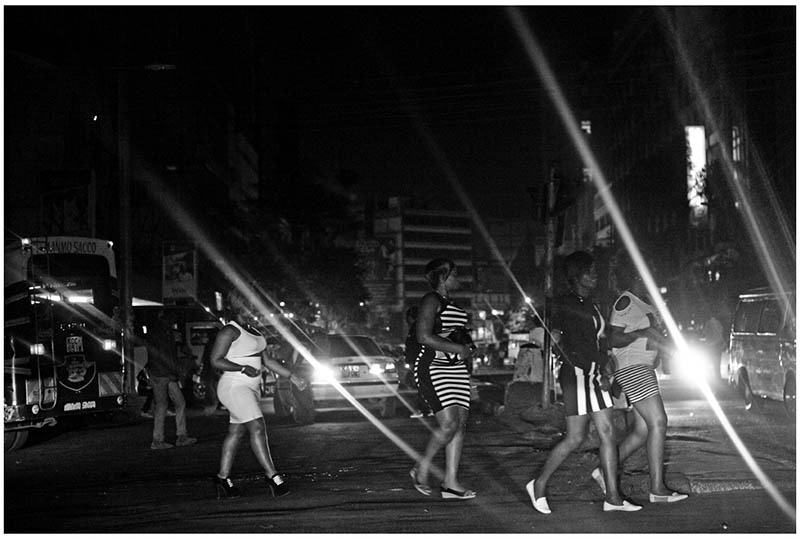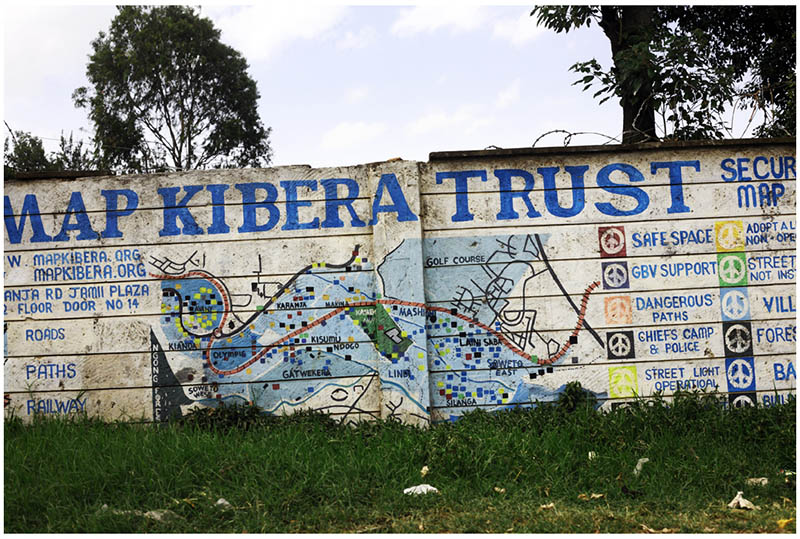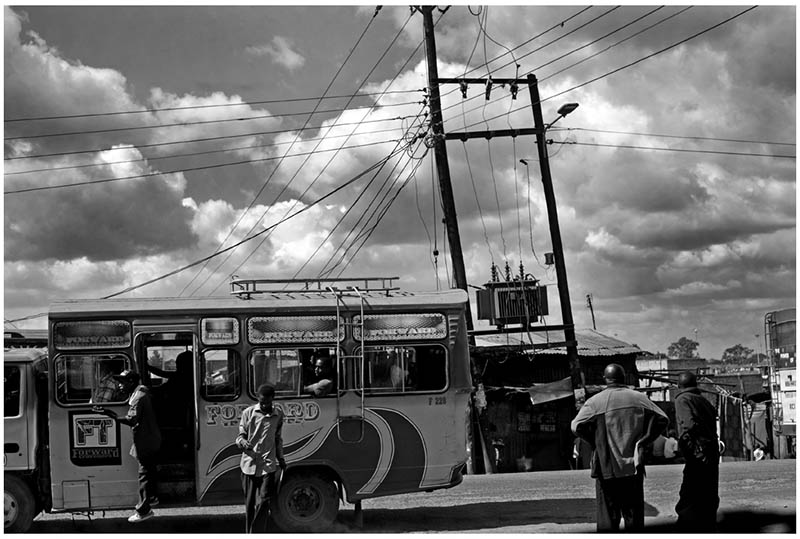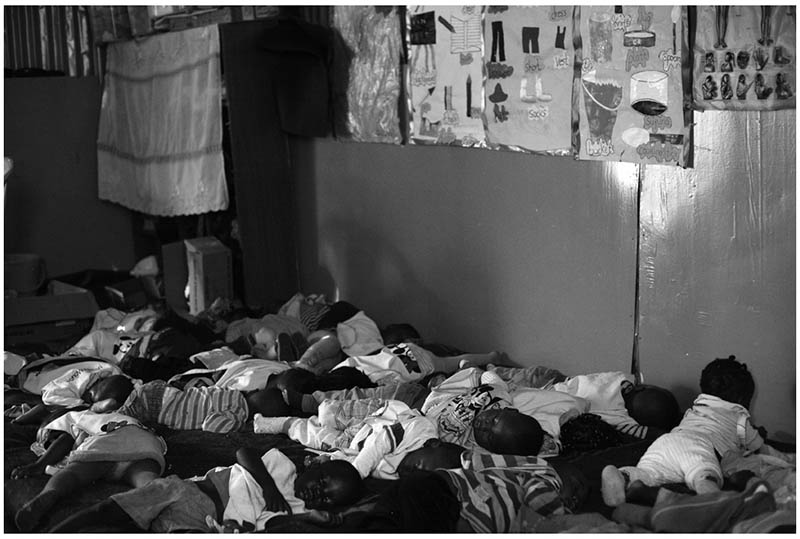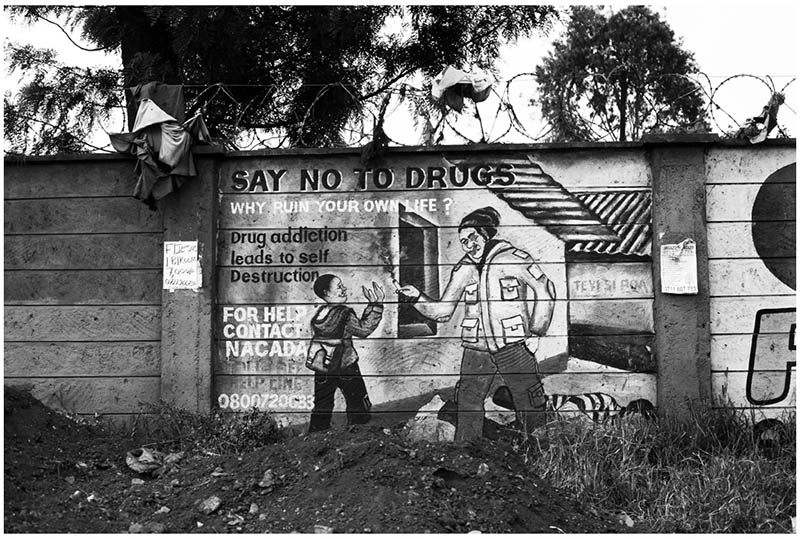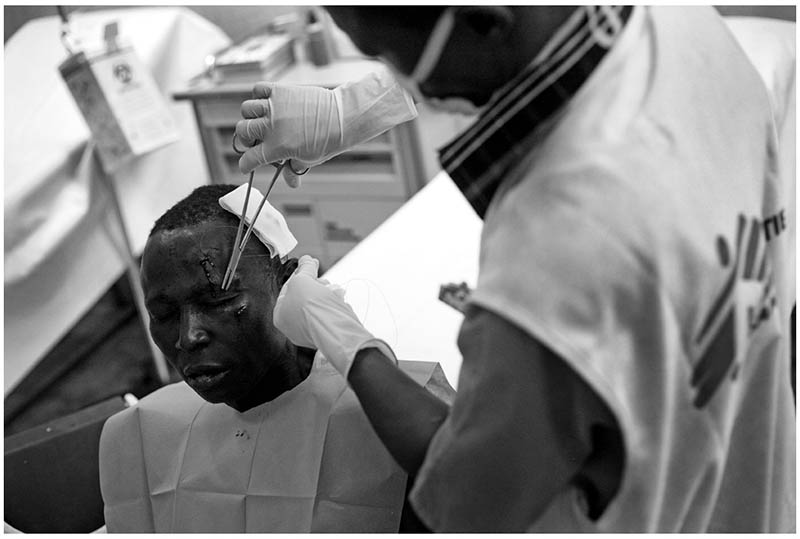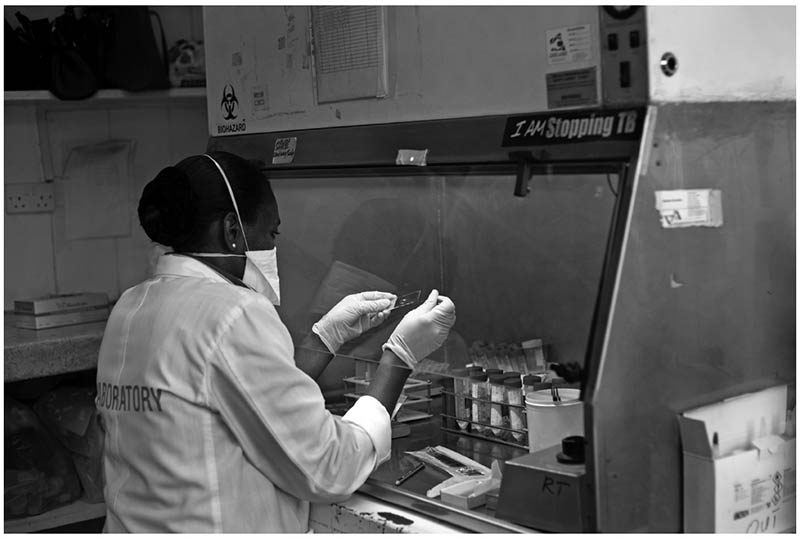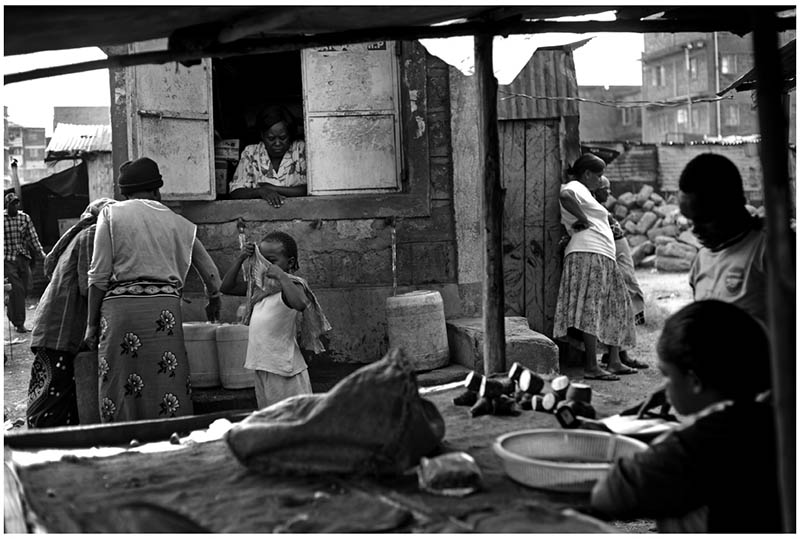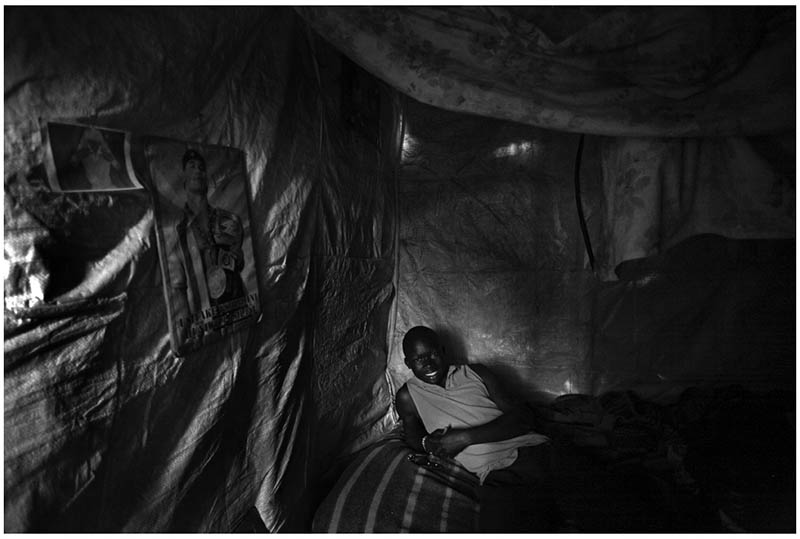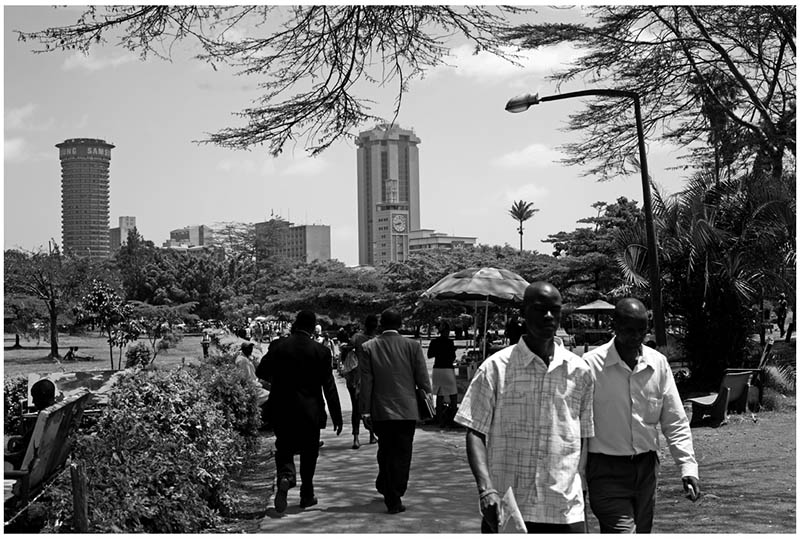Urban Poverty in Kenya
Kenya belongs to the group of countries that has exhibited fast growth since the onset of the global financial and economic crisis, contributing to Africa’s rapid Gross Domestic Product (GDP) growth.
The rapid economic growth has benefited parts of the population but left out others, millions of Nairobi residents suffering a daily struggle for food, water, and shelter as the divide between rich and poor widens. Nairobi’s population is set to nearly double to almost six million by 2025, and 60% of residents live in slums with no or limited access to the most basic services such as clean water, sanitation, housing, toilet, education, and healthcare.
Violence against women and children in Nairobi slums are high and children are now some of the least healthy in the country, in some parts of the city, infant mortality rates are double those of poor rural areas, and half of the young children suffer from acute respiratory infections and stunted growth, acute child malnutrition, TB, HIV & AIDS, Cholera and Drug addiction are growing concern.
The Kenyan government has repeatedly ignored the growing magnitude of the urban crisis; the rising urban inequality is creating a huge underclass with serious consequences for the country’s security and social fabric. The struggle to survive has forced some of the most vulnerable people into crime and high-risk occupations such as prostitution. Frustrated youth are increasingly turning to violence, and with Kenya still extremely politically volatile following the 2007/08 post-election violence, the risk of ethnically linked clashes in Nairobi’s slums is being exacerbated by the growing resentment over inequality and desperate living conditions.
2016.

